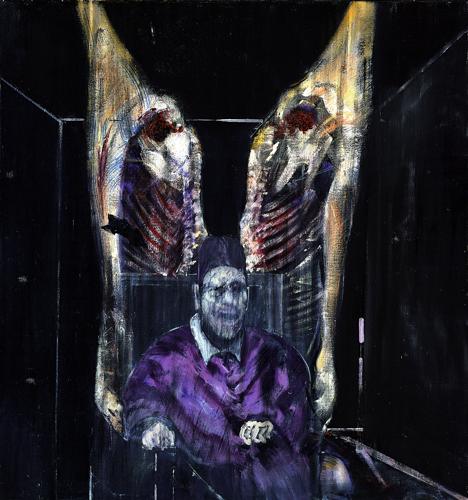
“I have no news to tell you . . . The grass looks very dingy, the Celery is all gone, and there is nothing to enliven one but a few Cabbage Stalks that seem fix’d on the superannuated List.”
John Keats to Fanny Keats, 6 February 1820

“In Bacon destruction stems from irrevocability—the irrevocability of time. The economy of his practice demands that the painting not go beyond a certain point, or the work is lost; in this economy, excess requires—demands—destruction. To paint beyond the work is to introduce the tyranny of a will that pushes the work over into stasis and death. Hence the aleatory or sacred: in reverence the painter maintains the spinning theater of action, the great wheel driven by fate and contingency, which carries him beyond the merely articulate and intelligible.”
Susan Stewart, “Explosion at San Giovanni in Laterano, Summer 1993: Notes for Francis Bacon’s Figure with Meat (The Open Studio: Essays on Art and Aesthetics)

Francis Bacon: “. . . one has to remember as a painter that there is great beauty in the color of meat.”
(“Portrait of Francis Bacon, 1952,” by John Deakin)